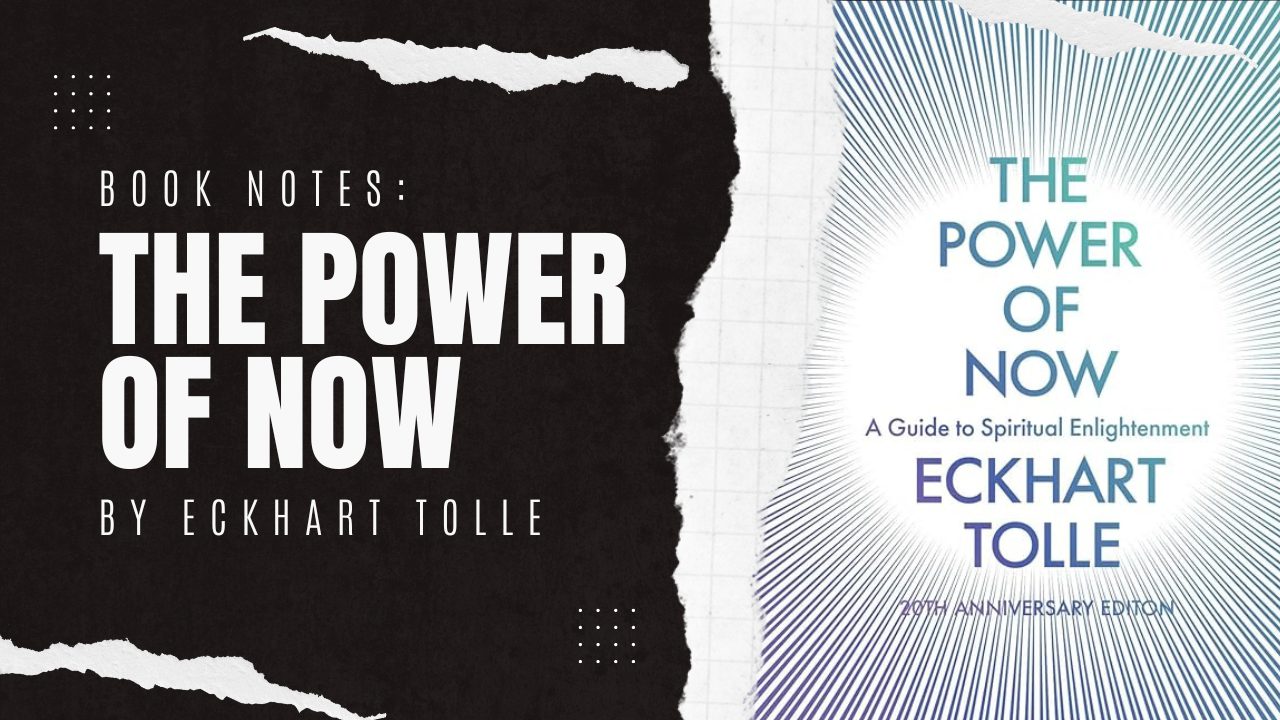
Although fitness is not the top priority in my life at this moment, I hold certain standards in regards to my physical condition.
I developed certain habits via research and analysis, and in this post, I will share some of my knowledge and experience on calisthenics and strength training in general.
As to methods there may be a million and then some, but principles are few. The man who grasps principles can successfully select his own methods. The man who tries methods, ignoring principles, is sure to have trouble.
Exercise Selection
The beautiful thing about strength training is that once you get a grip og the fundamentals, implementing them in a routine shouldn’t be a challenge.
For example, if we want to improve our overall fitness (without specializing), we’d optimally consider compound movements. On a highest level, the question becomes: do I cover my legs, back, abs, chest, shoulders, and arms?
So an example routine would consist of the following exercises:
- Squats
- Deadlifts
- Leg raises
- Push ups or bench press
- Handstand push ups or overhead press
- Pull ups
Of course, these can be complemented with isolation/non-compound exercises, but it depends on the athlete.
Simplicity is the key when starting to train.
Trying to include every variation of every exercise can lead to lack of consistency and thus no progress.
Especially as a beginner, avoid including wide, close, standard, diamond, decline, and explosive push ups every session. A single variation will do just fine. As an intermediate to advanced athlete, although you can still make gains with higher progressions of the basics, it’s usually better to add more specific movements, based on your goals.
As a rule of thumb for exercise selection, having a good balance between horizontal pushing, horizontal pulling, vertical pushing, and vertical pulling is a great way to approach upper body training.
Goals
Setting smart goals is one of the key elements when it comes to making progress.
And when I say smart, I actually mean SMART – specific, measurable, actionable, realistic, time constrained.
For example “do a one arm pull up in 1 year” is a better goal than “run“.
A pro tip is to write down your goals, build a program around them, and keep a journal of your progress. This will gamify the experience and make you more consistent.
If this feels too abstract, don’t worry – the specificity of your goals will increases with experience.
Note that not everything you work on has to be a goal. As a person who is just starting out, just sticking to a balanced full body routine and applying progressive overload for half a year is a great goal. And then reevaluate.
Sets & Reps
Choosing the right sets and reps for an exercise depends on many factors. Here’s a crash course:
Strength training and endurance training can’t be trained optimally simultaneously.
Of course, there will be some carry-over, but being able to do 150 bodyweight squats in a set (endurance) is not likely to make you squat 150kg once (strength). The opposite is also true.
So, why did I open the sets & reps section with this?
Because strength and endurance are on the opposite sides of the rep spectrum – maximum strength is the ability to do a movement once, while maximum endurance is the ability to do a movement as many times as possible.
There are also types of training in between, each with their own optimal rep ranges. For example:
- Strength – 1-5 reps
- Conditioning – 8-10 reps
- Hypertrophy – 12-15 reps
- Endurance – 20 or above
These are not written in stone and can vary per athlete (training habits, body type, genetics, priorities), the exercise, and, most importantly, the goals.
So if your goal is to become stronger and you’re able to do more than 20 reps of an exercise, you should consider trying a harder progression of it instead of adding reps.
For example, once you’re able to do sets of 10+ pull ups with good form, you can either go to the hypertrophy spectrum (by increasing your rep range) or the strength spectrum (by using a weighted belt for example). And you’ll see both strength and hypertrophy gains with either approach, but being specific can help you target it better.
So, sets & reps – what are the actual numbers?
Well, there are no magic numbers because it all depends.
But the sets generally should be in the 2-5 range, while the reps depend on the athlete’s level, goals, and the difficulty of the movement.
Progressive Overload
Good progressions are the foundation of a strength training routine. Actually, of any routine where the athlete expects improvement.
Progressions are intuitive with weight training – once you’ve reached your sets & reps target, you add 2.5kg to 5kg from the next training.
But what about bodyweight fitness?
Let’s say someone is struggling to do a single push-up. Just forcing it will lead nowhere. Most probably it will cause bad form and thus a high risk of injury. Similarly dangerous as “training” for a 200kg bench press by attempting it.
Instead, he should start with easier variations of the movement – go near a table or any elevated surface and start with incline push ups.
Since this exercise is objectively not that difficult, the rep range can be higher. For example 3 sets of 30 reps would be enough to condition the nervous system and strengthen the muscles.
And if he can’t reach 30 reps yet, it’s fine. Aiming for 30 without sacrificing the form will do the trick. On the next training session, try to increase the number.
Once there, start with the next progression. And it may not necessarily be a push up – it can be a knee push up.
And once he reaches for example 3×20 of these, she can move up to regular push ups.
Only this time, he is guaranteed to be able to do them – the easier progressions conditioned his body for this movement.
All progressions depend on the current level of the athlete. A person who can rep out more than 10 one arm push ups has no business doing knee push ups. A 60kg bench press can be strength training for some but a warm-up for others.
Or of course, choosing the right progressions is a skill in itself, but that’s for another time.
Programming
Programming can mean the order of the exercises you do per day but also the order of the workouts you do per week. Let’s cover both.
Intra-Day Programming
The order of the exercises during a day should follow this structure:
- Warm up
- Strength training
- Conditioning or endurance training
- Flexibility or mobility training
The main goal of programming is maximizing your (daily) potential and preventing injuries. Let’s briefly explain why is that so.
Warm Up
Starting with a warm up is a no-brainer – if you want to maintain injury free, your body needs to be warm before attempting harder exercises.
However, unlike most resources, I don’t recommend 30 minute warm ups that include running, stretching, and other random movements. The warm up should be short and specific to the training you will do. This is done by doing light movements and easier progressions of the movements that will follow.
For example, if your training includes working on single-leg squats, you can warm up with a couple of sets of 5-10 squats.
It’s important to pick exercises that don’t exhaust your body, but just alert the muscles that tougher exercises will follow.
Strength Training
The strength training part can also be broken down into sections.
The toughest exercises should be done first and the easier later. This uses your energy to the fullest where it’s most needed and prevents injury.
Conditioning / Endurance Training
Conditioning and endurance are done with easier exercises that you can rep out even with somewhat fatigued muscles.
This part is best used for supplementing your main workout and adding hypertrophy work.
For example, doing pull ups after one arm pull up training or doing curls after pull ups.
Flexibility / Mobility Training
Lastly, we have the flexibility and mobility training.
Lengthening the muscles is best done when they’re warm. Mobility training shouldn’t require much effort, so doing this at the end (even as a cooldown) is the best way to maximize results and lower the risk of injury.
Inter-Day Programming
How many times per week one works out is athlete specific.
In general, the optimal time between two workouts targeting the same muscles is 2-5 days, depending on the relative difficulty of the exercises.
For example, skill work can be done every day, as these movements aren’t taxing on the muscles. But the body will need a few days of recovery after testing your maximum deadlift.
A strength training program ideally should last 2-3 months, followed by a recovery week (where you rest the body by doing easier variations of the movements you’re working on), and wrapping it up with testing your maximal strength. After that, you can either continue with the program or restructure it, based on your achievements, goals, and priorities.
Beginners can expect to experience linear progress – each training session being an improvement from the previous one. But intermediate/advanced athletes might need a few weeks to a full cycle to see any progress.
Rest
Rest between sets is a topic that is often misunderstood. As a rule of thumb, you should rest as much as you need in order to do the next set, without overdoing it (i.e. cooling down between sets).
For strength-intensive movements, this would mean 3-5 minutes, while for hypertrophy work it would mean less than 2 minutes.
Measuring the exact time between sets is only beneficial if your program is structured around endurance, speed, time constrictions, or “follow-along” nonsense.
Closing Thoughts
Congratulations on sticking until the end!
Long posts may be overwhelming, but note that this is merely scratching the surface.
There are many concepts I didn’t cover (skill training, periodization, GTG, joint health, isometrics vs. eccentrics, frequency/intensity, CNS adaptation, (p)rehabilitation, cycles, etc., etc., etc.), so my blessing is to pick up a good book on the subject if you want to design optimal programs.
Otherwise, sticking to the basics + progressive overload + common sense is all you need to start right away.
 Husband & Father
Husband & Father  Software Engineer
Software Engineer 















